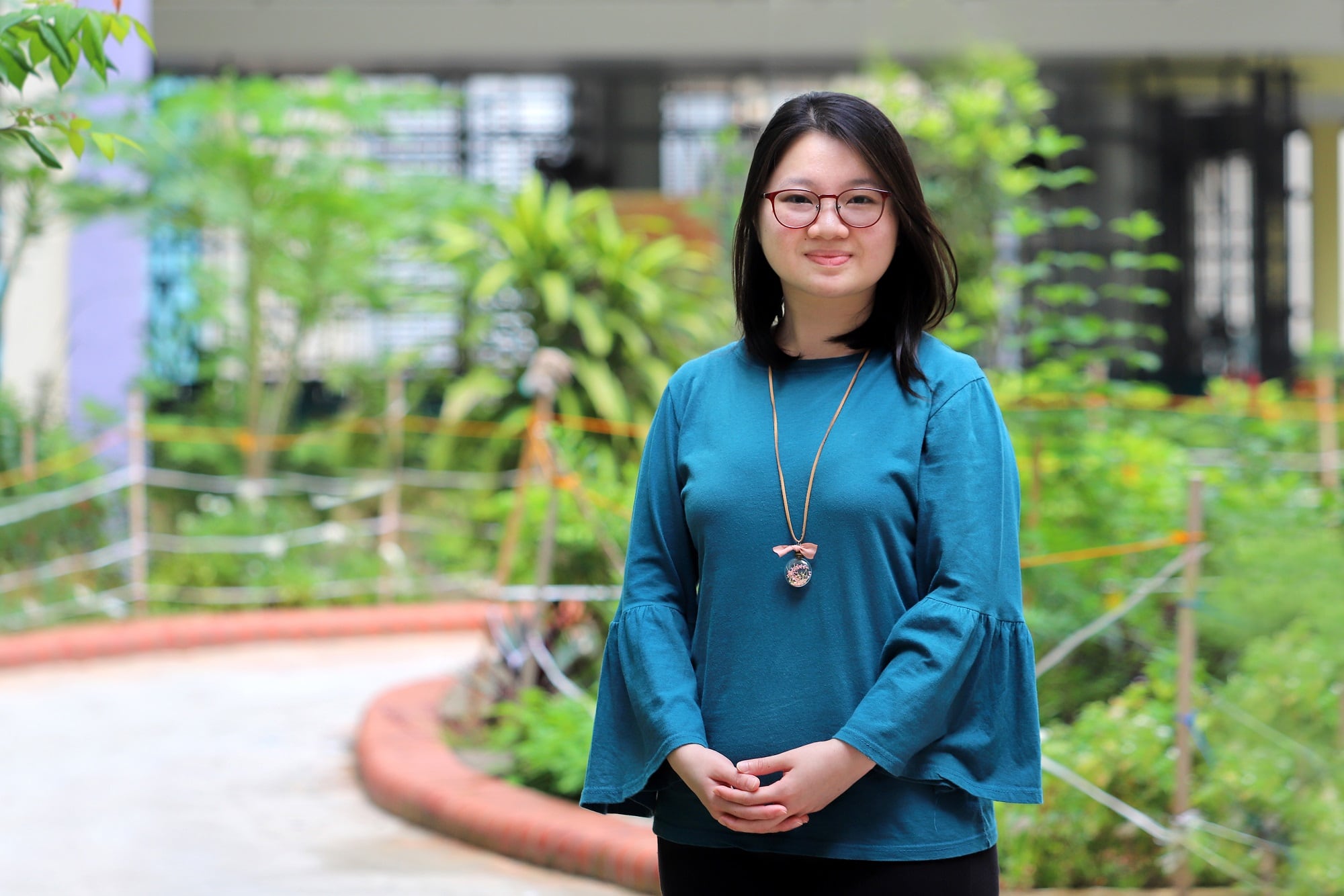A Shelter in the Rain
15 Dec 2018Wen Jie and Wen Hai* used to live near their school but left their family home to live with their mother. The two primary schoolers began to fall sick every time they were due to return to school after the weekend.
Both children were also quiet, reserved and not expressive with their emotions. They tended to suppress how they feel, expressing themselves in dysfunctional ways instead, such as aggression.
It turned out that they were traumatised when they were living with their father in the family home. As the school was in the same neighbourhood as their father’s home, they were afraid of going near it.
Studies have shown that children exposed to trauma are nearly two times more likely to develop psychiatric disorders compared with those who were not. Left unaddressed, the impact of trauma raises a child’s risk of developing behavioural problems, difficulties in school and substance abuse, among other potential emotional and psychological issues.

Fortunately, Wen Jie and Wenhai’s mother sought help from senior social worker Kay Yi Xian at Care Corner Family Service Centre.
Yi Xian has close to 10 years of experience in social work, and is a community-based professional who underwent training in Trauma-Focused Cognitive Behavioural Therapy (TF-CBT), under the ‘Stay Prepared – Trauma Network for Children’ programme by Temasek Foundation and KK Women’s and Children’s Hospital. She shared that she has seen an increase in the number of families seeking support for their children.
“This could be due to a greater parental awareness about where to seek help for their children. We are also seeing more multi-stressed families – either from family violence or other forms of stresses. Some parents walk into our service centres as they have problems communicating with their children, while some children are referred from schools or hospitals,” shared Yi Xian. With social media being a large part of our lives, family service centres are also seeing more cases of children and youth affected by bullying, especially cyber-bullying.

Alva Liow is a clinical psychologist with years of experience working with children and teenagers with special needs as well as families and children in vulnerable situations. In her work at Community Psychology Hub Singapore, she helps children who have experienced traumatic situations. These could include abuse or non-personal trauma like an accident, or even the death of a beloved pet. “To you, the death of a pet may seem like a small issue. But it can be very traumatic for a child,” said Alva.
“It is always best to identify any early traumatic symptoms as soon as possible.”
Like her peers who work in other community settings like schools and family services centres, Alva sees herself as a first responder: “We are the people who see the children and their caregivers first. It doesn’t have to wait till someone else flags the situation up. By then a lot of time is wasted.”
Recognising the important role of community healthcare professionals like Yi Xian and Alva, the Trauma Network for Children programme sought to enhance community-based resources to adequately provide psychosocial trauma support for children and families in schools and in the community. It equipped community-based organisations and schools who serve children with trauma-specific skills and linked them together in a trauma learning network.
Close to 1,050 therapists, school counsellors and social workers were trained under the programme to deliver the appropriate support and intervention for children like Wen Jie and Wen Hai. In turn, more than 2,300 children affected by various forms of trauma and parents were provided with therapy and psychological support.
What are the signs that a child may be suffering from trauma?
Yi Xian shared a simple acronym that can help people remember the symptoms of a young person suffering from trauma – R.A.I.N.

Help is available.
Having community-based therapists and school counsellors trained in providing psycho-social support and intervention for children with trauma increases the accessibility of care for these children and their families.
In particular, TF-CBT (Trauma-Focused Cognitive-Behavioural Therapy) is an evidence-based, conjoint child and parent psychotherapy approach for children and adolescents who experience psycho-emotional and behavioural difficulties related to traumatic events in their lives. The treatment consists roughly of three phases:
- Stabilisation and safety. This phase could include educating the child or caregiver on what had happened, as well as reassuring and validating the emotions that the child felt during the trauma. The child is also taught coping strategies, such as how to relax, identifying their thoughts, feelings and actions and how these are related to each other.
- Processing the traumatic events. This can include supporting the child to rewrite the trauma narrative so the child can make sense of what had happened.
- Facilitating enhanced safety and growth from the event, and helping them to resume their daily lives. The goal is that the child does not let the trauma define him, but is able to look at his own strengths and move beyond the trauma and integrate back into his social circles.
“The TF-CBT approach gives us very useful strategies and tools for trauma intervention. There are steps that can be easily understood when we share it with parents and teachers. It’s one of the most effective ways for helping children with trauma,” said Alva.
For Wen Jie and Wen Hai, their counsellor used the TF-CBT approach to help them make sense of the situation, and reassured them that the fears they were feeling were quite common for children who had gone through similar situations as them. They were taught to use words instead of aggressive expressions to convey their feelings, and relaxation techniques when they felt stressed.
With help from both the therapy and the school, the brothers began to feel more in control of themselves, and learnt to express their emotions and calm themselves in healthy ways.
*Names have been changed